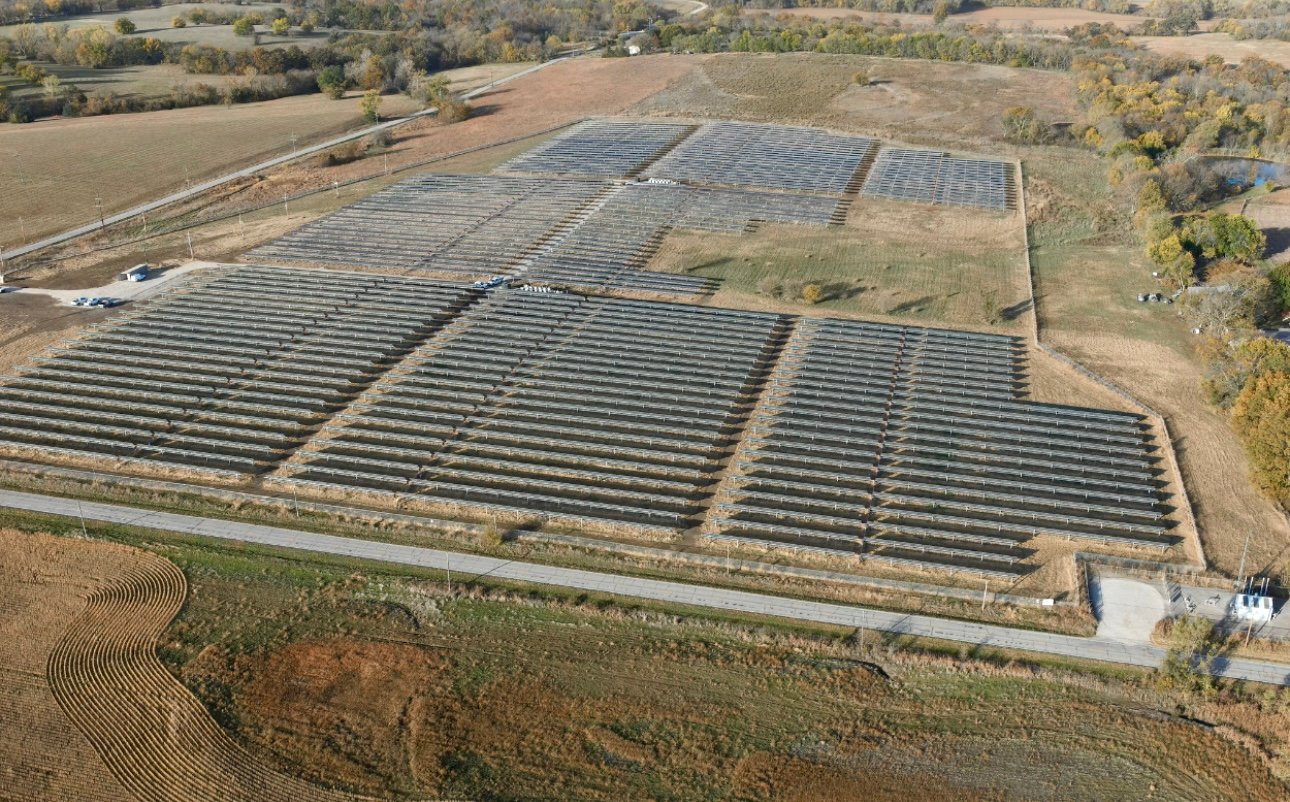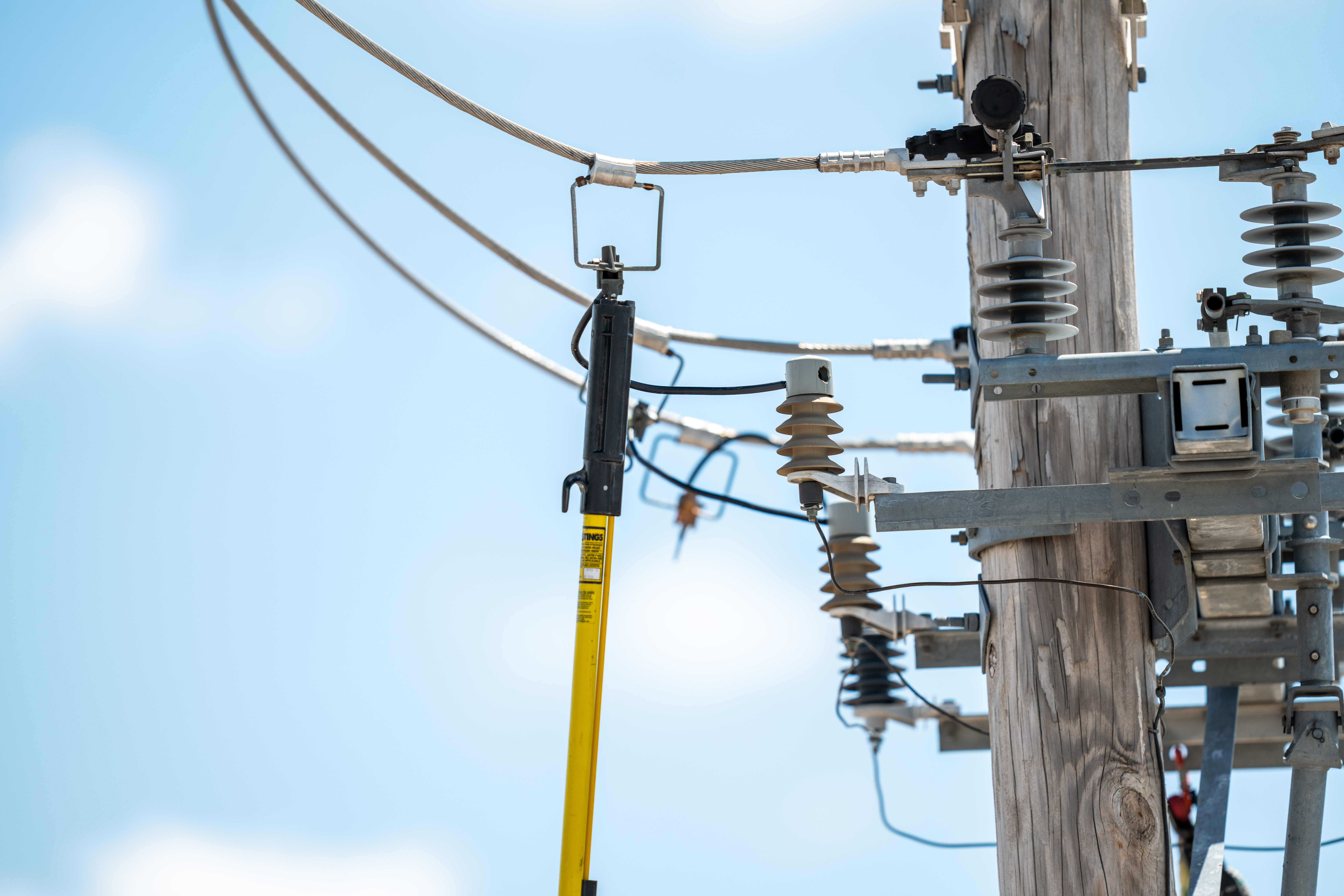Case Study: Osawatomie Solar Array
Evergy is committed to providing our customers with cost-effective, reliable renewable energy solutions to help build a more sustainable future....
.jpg)
With policies, economic dynamics, and mounting pressure pushing toward net zero emissions, some experts are bracing for a significant surge in electricity demand by 2050. Projections suggest that this demand could nearly triple the current levels, posing both challenges and opportunities for the energy industry. With the increasing electricity demand, power providers must begin planning and adapting to meet these evolving requirements.
Some industry leaders say decarbonization, especially electrification, is the way of the future. However, the current grid is not reliable enough to support this growing demand. Despite the abundance of wind and solar resources in remote areas, the lack of a centralized entity responsible for grid organization presents a challenge not just for the projected demand, but for the present. As a result, there are congestion issues, project delays, and higher costs in connecting renewable energy projects to the grid. This not only undermines sustainability efforts but also threatens grid reliability. While managing electricity usage efficiently and incentivizing demand-response measures can help alleviate grid pressure, they cannot eliminate the need for extensive transmission infrastructure. To meet the rising demand, changes to the current electric grid are crucial.
Decarbonization is a fundamental goal aimed at shifting away from activities and technologies that contribute to climate change. The idea is to replace these carbon-intensive practices with cleaner and more sustainable alternatives. To achieve this, several key pillars are crucial: industrial electrification, energy efficiency, low-carbon fuels, feedstocks, and energy sources (LCFFES), as well as carbon capture, utilization, and storage (CCUS).
The transition towards decarbonization calls for the electrification of various sectors, including transportation, power, residential and commercial buildings, and manufacturing. This means replacing activities that currently rely on fossil fuels with electric alternatives. Many are investing in newer technologies, such as hydrogen and energy storage, as they navigate the decarbonization of the economy.
While technologies like batteries are seen as complementary to this transition, they may not yet achieve the scale needed for balancing the grid in response to the rising demand. However, this does present a significant opportunity to leverage existing assets and infrastructure to facilitate the transition. Additionally, building upon the foundation that already exists may also expedite the process.
Electrification offers a promising pathway to decrease final energy demand due to its efficiency of electric technologies compared to fossil fuel-based alternatives. As a result, electrification not only leads to emission reductions but also amplifies renewable energy efforts.
Energy efficiency plays a fundamental role in decarbonization and is widely acknowledged as the most cost-effective option for reducing greenhouse gas emissions in the near future. Some key decarbonization efforts in this area include:
In order to ensure the reliable delivery of affordable power to end users, utilities must embrace innovative technologies that integrate power infrastructure and enhance operational efficiencies.
To meet the increase in demand, it is crucial to invest in robust and flexible electricity infrastructure. This includes smart grids, energy storage solutions, and digitalization, which can support the growing energy requirements while maintaining reliability.
Cleaning up the nation's existing electric system requires investment in carbon-free fuels like hydrogen. LCFFES play a crucial role in substituting low-and no-carbon fuel and feedstocks to reduce emissions associated with industrial processes. Not only do LCFFES contribute to decarbonization, but it also enhances the overall efficiency and resilience of energy systems, which is crucial to meet the increase in demand.
The path to decarbonization presents us a unique opportunity to significantly reduce greenhouse gas emissions and proactively address the escalating demand for electricity. By taking these steps, power providers can adeptly navigate the evolving energy landscape, making substantial progress towards a cleaner and more sustainable planet.
As the industry works toward decarbonization, it becomes imperative to embrace adaptable energy management solutions that account for an increasing reliance on renewables, while maintaining an unwavering focus on cost-effectiveness and reliability. Explore the comprehensive range of renewable energy solutions offered by Evergy Energy Partners to embark on this sustainable energy journey.

Evergy is committed to providing our customers with cost-effective, reliable renewable energy solutions to help build a more sustainable future....

People's Electric Cooperative (PEC), an electric cooperative serving rural areas in south-central Oklahoma, joined forces with Evergy Energy Partners...

The energy landscape of the United States is rapidly changing, driven by a focus on clean energy and the need for a more flexible and resilient grid....